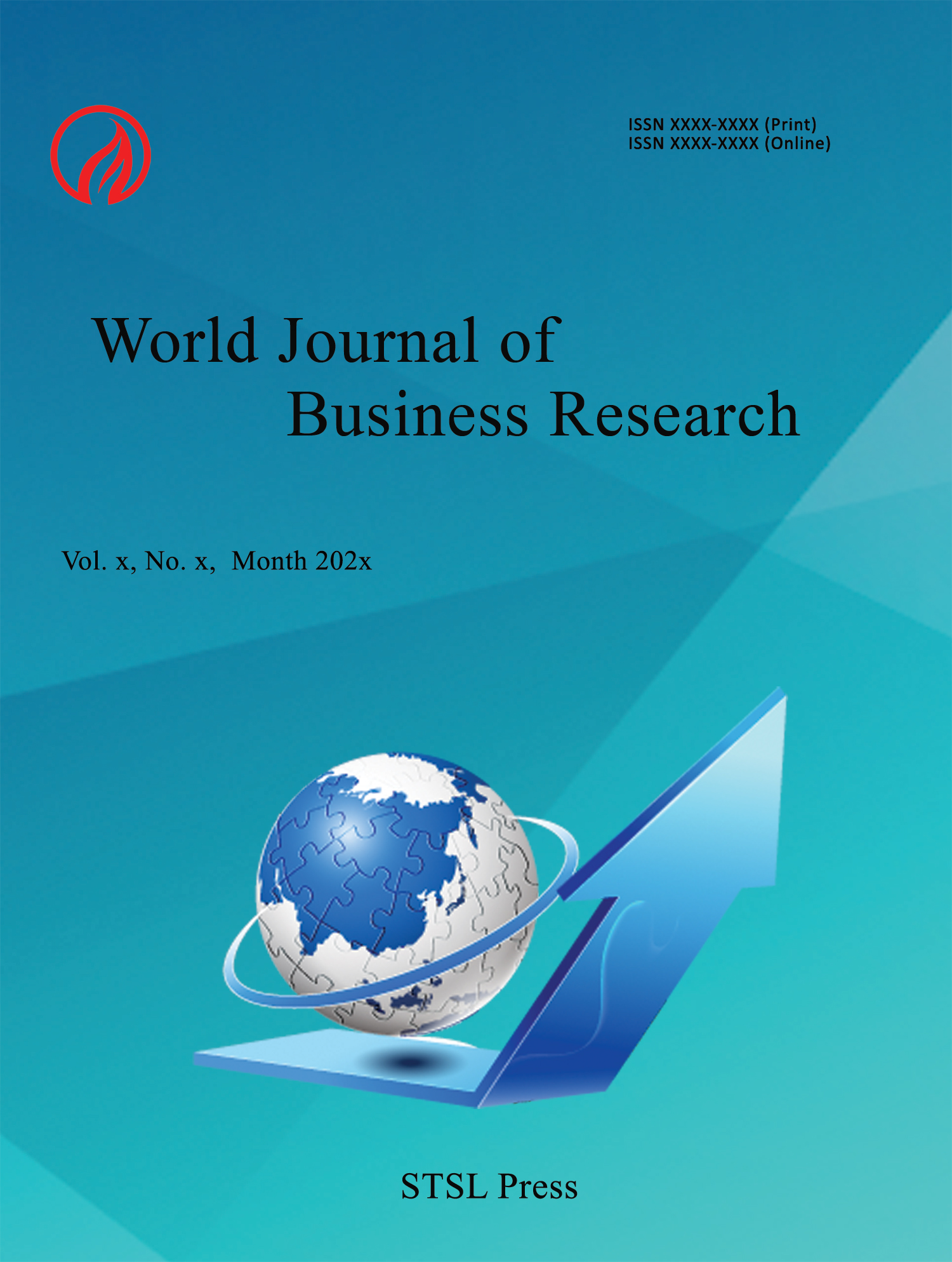Credit Booms in CESEE Countries and Effects
Rilind Ademi
Abstract
The importance of the periods is determined by period 2002-2008, when there was a significant increase in bank lending. Double-digit increases in bank lending in the pre-crisis period were generally seen as a sign of convergence with the developed Europe. The importance of the countries included in the study arises from the fact that almost all countries during the 90s were oriented to a transition of the banking sector, with massive entry of foreign banks which all countries had high rates of credit to the period before the financial crisis global. With the explosion of the financial crisis, the credit activity evolution reversed. We attempt to answer this question is the use of statistical approach by taking into account the serial deviations of the credits from the long-term trend, sets decompose in short-term and long term components through the filtration method, Hodrick-Prescott (1980) filters, an opening method sufficiently used, which we use for the period (Q1:2002-Q3:2015) where (λ=1600, since there quarterly data used). In general even though there are countries with high credit growths according to the credit norms rate still from statistical assessments can be easily seen that the region is catching up the bank mediation level, and this achievement shows that this is more as a result of initial low level of crediting.
Paper:
pdf
DOI:
 This work is licensed under a
Creative Commons Attribution 4.0 License.
This work is licensed under a
Creative Commons Attribution 4.0 License.
Contact us
- Colin Garcia
- wjbr@stslpress.org
